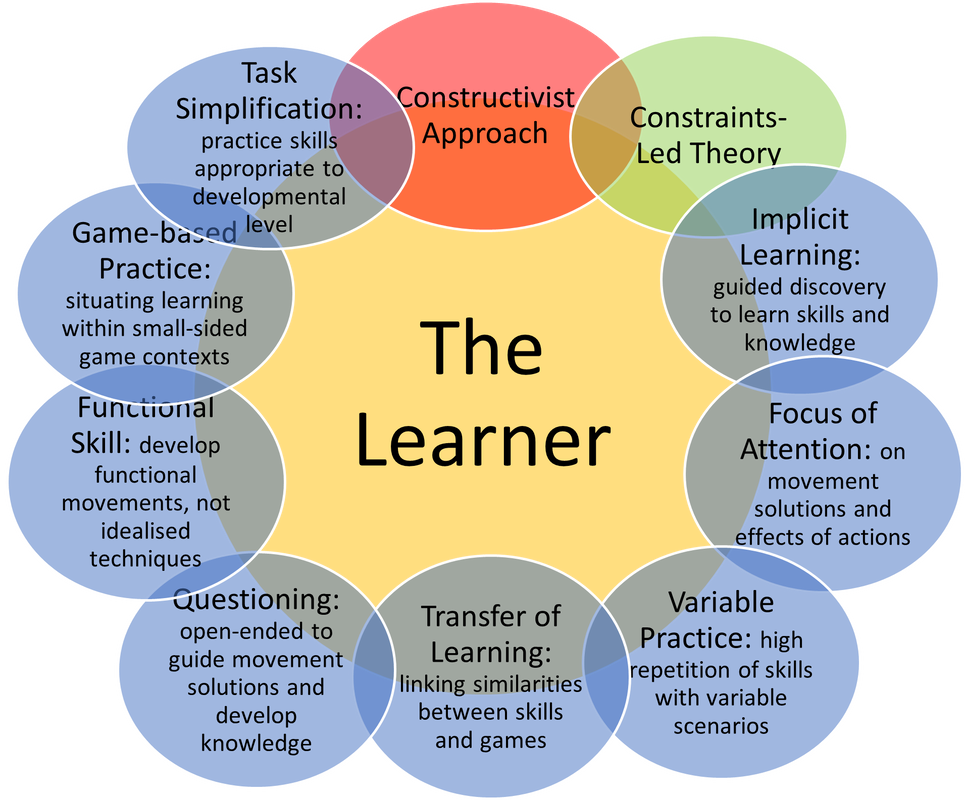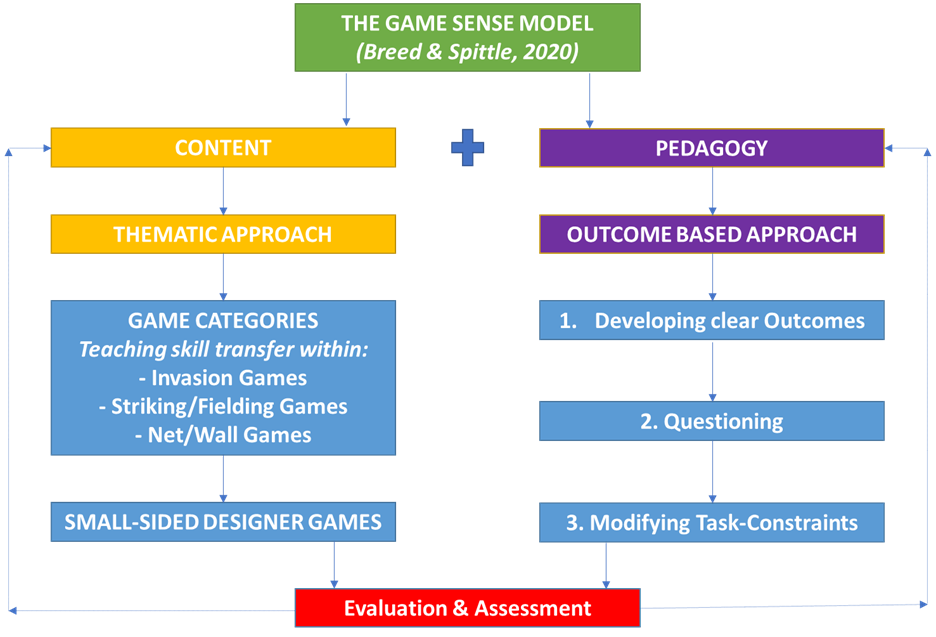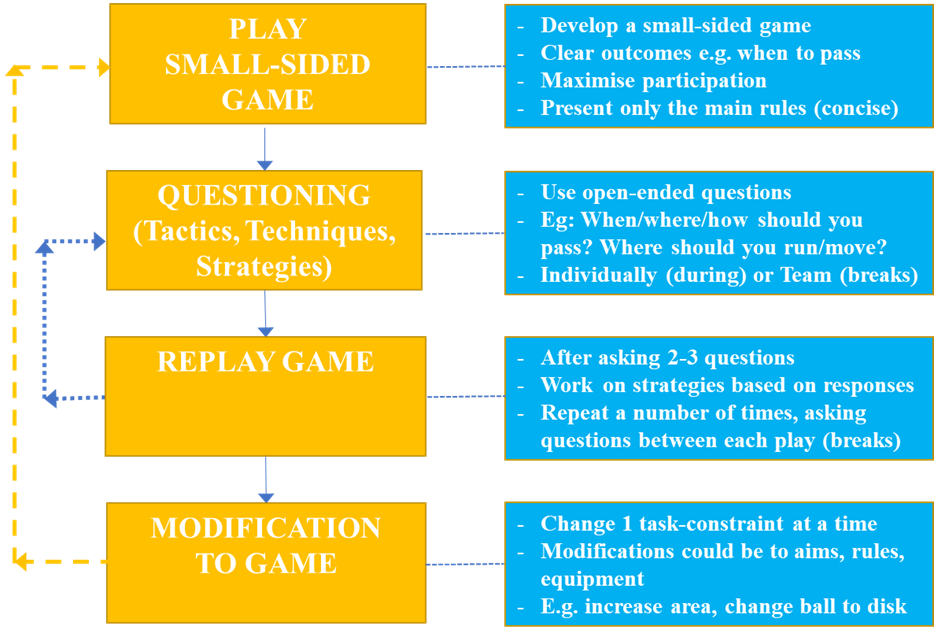Lecturer of Exercise and Sport Science at Swinburne University, Melbourne, Australia
LinkedIn: https://www.linkedin.com/in/ray-breed-6498b149/
Twitter: @PE_coaching
The game sense model (in Breed & Spittle, 2021) is both a content/curriculum and instructional (pedagogical) framework, based upon common motor control, skill acquisition and pedagogical theories. Some of these include:
- Tactical: emphasis of game understanding and development of tactics and strategies
- Technical: recognition and practice of movements within the context of games
- Affective (personal and social): working and communicating together in small groups to design strategies and solve problems.
Breed, R. & Spittle, M. (2021). Developing game sense in physical education and sport. Human Kinetics: Champaign, IL.
The book mentioned in this blog is a practical resource written by teachers for teachers. It is written in a clear sequence of: theoretical framework of the model; designing thematic tactical units; the pedagogy of teaching tactical games; descriptions of small-sided designer games for invasion, striking/fielding and net/wall games; two unit plans for each game category; and, a chapter on assessment. https://www.human-kinetics.co.uk/9781492594147/developing-game-sense-in-physical-education-and-sport/





